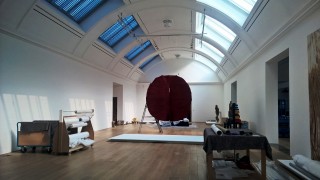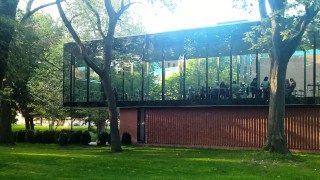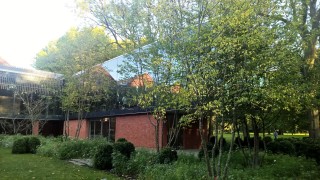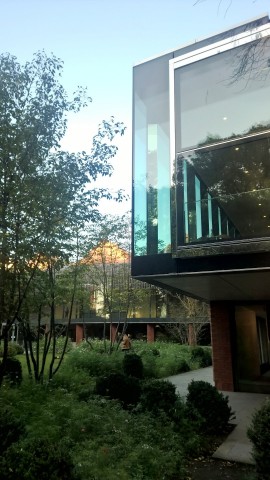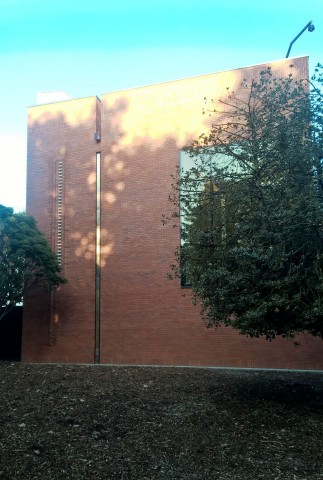Using Space and Visioning
Key elements implicit in ICE Architects’ design strategy are ‘using space’ and ‘visioning’.
On Thursday, at the RIBA Design Leadership Summit 2015 in Manchester, Alison Taylor-Stokes, founder and principal architect of ICE Architects, noted how these concepts were applied in a high profile project – the Whitworth Gallery.
Reviewing the use of existing spaces
Stuart McKnight’s lecture, entitled ‘Integral Yet Individual – Rethinking the Whitworth’ gave a fascinating insight into the design approach he took to remodelling and extending the Whitworth Gallery.
Over the years, alterations and adaptations had divided-up and hidden the features of the Grand Hall. By reviewing the overall use of space, re-assigning locations of the various functions, the architect was able to create a new and useful auditorium, opened-up to reveal the stunning beams..
When extending a property, it’s important to look-at the layout of the whole of the property, rather than just adding-on to meet the obvious functional need.
Visioning
Dr Maria Balshaw CBE, the Director of The Whitworth Gallery, talked about the inception of the extension and renovation project, practical aspects of running the gallery while the work took place, and her ‘end user’ thoughts on the completed project.
She described the clients’ initial concerns about ‘how the spaces would work’ – for example, fears that an essential corridor, appearing long and narrow on the plans, would be dark and confined.
In fact, the architect’s vision, clarified by visuals, resulted in a bright and friendly area. Glazing takes advantage of the rear outlook onto the art garden.
A seating area, that she didn’t think would be used, is utilised as an informal meeting area – for example, chatting with school parties before they go into the learning space.
A qualified architect is able to benefit from their expertise and experience to visualise the possibilities and finished project, and hence suggest innovative details that give the client a bespoke design.
Alison’s views on the Whitworth Gallery
What Alison likes about the whole project is that it hasn’t fallen into the ‘icon syndrome’ that so many open competition projects often do. The architects have been sympathetic to the 1908 existing brick building while designing an innovative, sustainable, accessible and sensitive structure to the rear.
There are two wings that encompass the art garden; one, a closed ‘brick box’ housing a gallery, and the other a ‘glazed box’ housing the cafe that projects into the neighbouring park. Unlike so many galleries and museums, its transparency helps entice-in a new audience. The two wings appear as welcoming arms, drawing people from the park.
As the client explained, the design has fixed functional issues but also makes the gallery more accessible to audiences who might not previously have considered visiting an art gallery.


